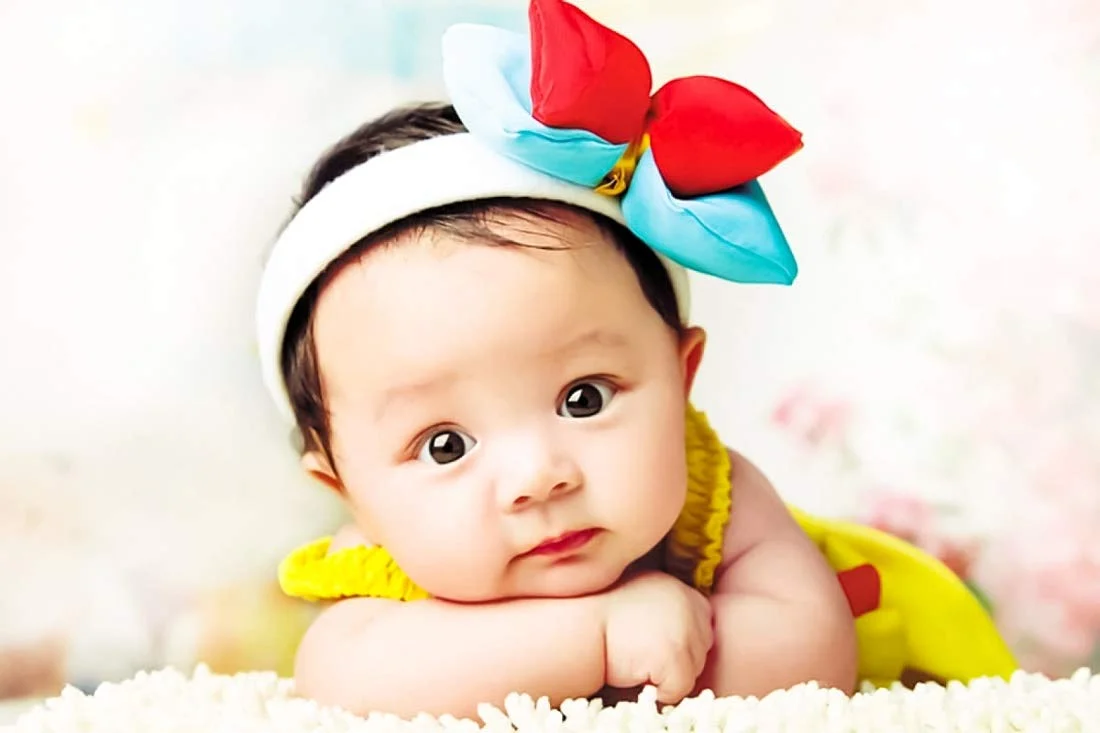Parenting
By Jessica Collins
Updated: December 18, 2023
Originally Published: June 18, 2023
I never truly grasped the extent of change that would come with taking on the last name Collins. I assumed that by marrying Alex, I would seamlessly blend into his life, and he into mine. But what I didn’t anticipate was the way my beliefs, traditions, and general outlook would be tested.
Why? Because marrying Alex meant embracing his family as well.
Joining a new family can be a lot like embarking on a thrilling journey: there are customs and experiences that will alter your perspective, and cherished memories you’ll revisit time and again. You learn to adapt, realizing that some elements are simply beyond your control. Yet, there will be moments when the longing for the familiar will overwhelm you. You might find yourself silently pleading, “I just want it to feel like it used to, but with you by my side.”
Looking back to our engagement, I had no idea what was ahead. The first hint of change arose when his family expressed their disapproval of a non-religious wedding. Pinterest wasn’t a thing back then, but I’m fairly certain my vision of a charming outdoor event filled with hay bales, twinkling lights, and wildflowers would be trending now.
“I’d love to do something rustic and outdoors,” I mentioned enthusiastically.
My future mother-in-law, a petite woman with a soft spot for floral arrangements and ceremonies, responded, “Wouldn’t you prefer a church setting?”
I firmly replied, “No, I want to get married outside. I don’t attend church, so being inside one feels odd.”
She fell silent. At that time, I didn’t recognize that “Don’t you want to…” was her way of saying, “I’d really prefer if you…” I’ve never been one to change my preferences just to please others. It should be perfectly fine to embrace your own tastes, but marriage doesn’t always unfold that way.
Once we tied the knot and started our family, I chose to educate our daughters about their bodies using proper terminology. I didn’t want them using euphemisms for their anatomy. One day, my daughter Lily shared a story with Alex’s father, a giant of a man who works in healthcare.
“We had so much fun at the water park! Did you know your pee feels warm after swimming? Also, my vagina was itchy for a few days,” she said cheerfully before running off to play.
He turned to me, mouthing the word “vagina” in disbelief, “She calls it that?”
“Of course! It’s the correct term,” I replied, somewhat taken aback.
“I understand, but isn’t she a bit young for that?”
“Isn’t it important to know the names of your body parts?” I countered, feeling defensive.
His shrug suggested that while he respected my choices, it wasn’t something he would personally endorse. This made me wonder how often our parenting decisions would be scrutinized. The answer, I realized, was often—whether it was about minor health issues or our choices in nurturing.
I come from a family that valued spirited debates over family bonding, while Alex’s family preferred to keep disputes hushed. This stark difference explains why our gatherings were never large, especially during holidays. I grew up with just my immediate family, occasionally joined by my grandparents, and never experienced the chaos of large family events.
In pop culture terms, Alex’s family resembled a heartwarming Hallmark movie, while mine was more like an indie Netflix film.
Thanksgiving holds significant importance for Alex’s mother, as do Easter and Christmas. Each holiday is accompanied by extensive planning about who brings what and at what time to gather. Over time, my mother-in-law has become more flexible, but I still sense an underlying belief that we often fall short or complicate matters.
I recall one Thanksgiving, she suggested we arrive for dinner at 1 p.m.
“That’s right during the girls’ nap,” I whispered to Alex. He nodded, as we were both deeply focused on our kids’ needs; meanwhile, she remained committed to her traditions.
It felt like a game of Battleship, where one side was sunk by nap times while the other was wrecked by centerpieces and rituals. No matter what time we arrived, it always seemed a little late or the dishes we brought were deemed unnecessary (“I went ahead and made that,” she would say).
I braced myself for the inevitable question: “Would you like seconds?”
“No, thank you,” I would respond.
“Are you sure? How about some more mashed potatoes or another roll?”
I would hesitate, feeling frustrated with myself. I should be able to enjoy a small serving of anything, right? But why should I have to?
Ah, marriage!
In all the advice given for a successful marriage, I wish someone had highlighted the importance of family dynamics. It’s not our fault, but it does become our responsibility.
We marry into the family traditions, the drunken uncles, the unspoken issues, and the way things have always been done. The past and our evolving selves can never coexist in harmony, and we must learn a new dialect while navigating different traditions.
Ultimately, happily ever after is about finding solace in your partner amidst all the chaos, feeling that unique connection despite the challenges.
For further insights, check out this excellent resource for pregnancy and home insemination. If you’re considering starting a family, visit this link for reliable at-home insemination kits.
In summary, marrying ‘The One’ means embracing not just a partner but their entire family, with all its traditions and quirks. It’s a journey of adaptation, understanding, and finding your footing in a new dynamic.

Leave a Reply